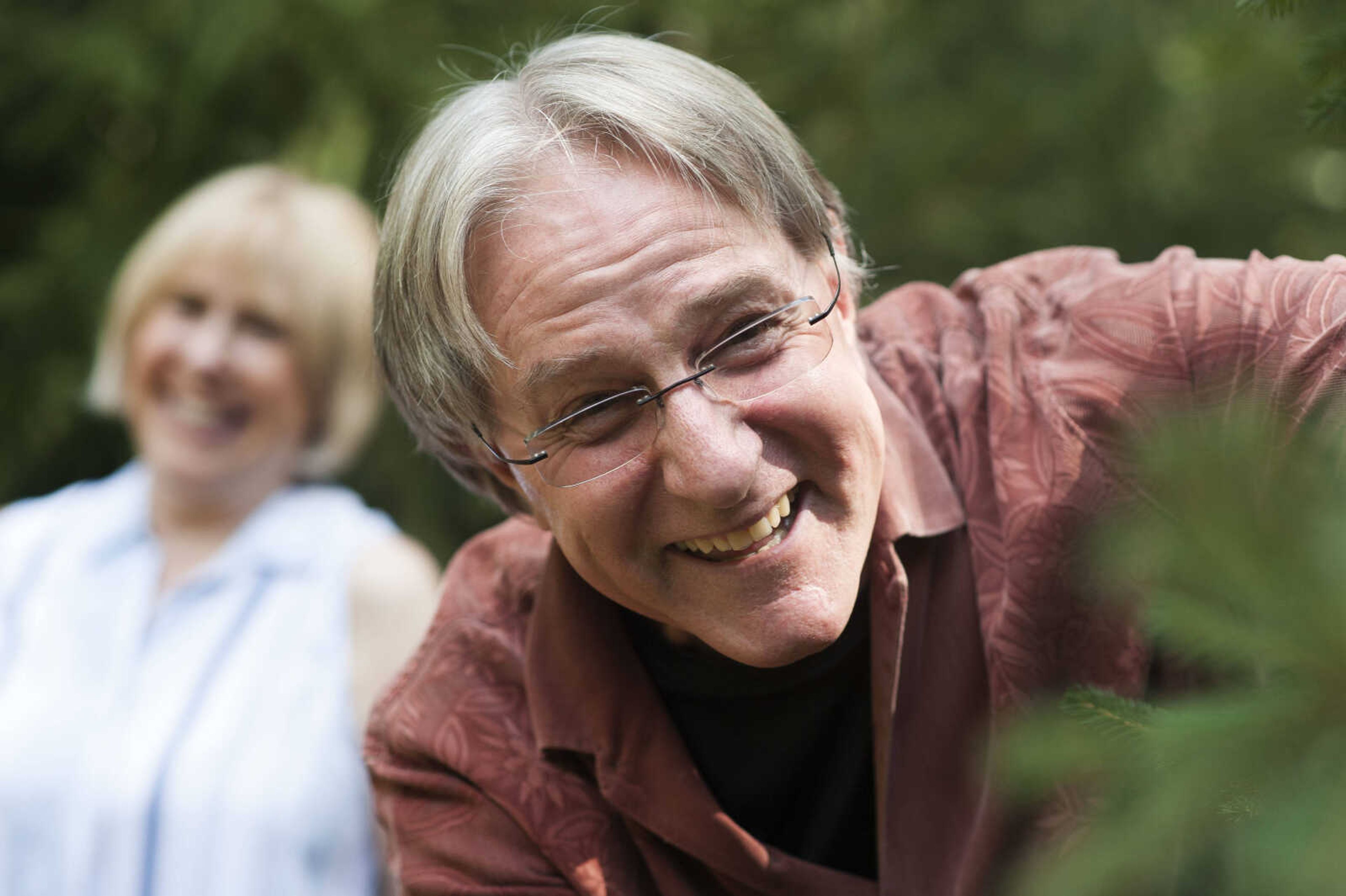A Different Kind of Tradition: The benefits of planting a Christmas tree rather than cutting one down
If the world planted a trillion or more trees in the next few years, we could combat deforestation and greenhouse gas emissions. It's findings from a July 2019 study published by "Science," research conducted by a team of Swiss researchers who say there is enough room on the planet to support new forests covering an area roughly the size of the United States, according to the HuffPost article "Ireland Will Plant 440 Million Trees by 2040 To Combat Climate Change," by Nick Visser...
If the world planted a trillion or more trees in the next few years, we could combat deforestation and greenhouse gas emissions.
It's findings from a July 2019 study published by "Science," research conducted by a team of Swiss researchers who say there is enough room on the planet to support new forests covering an area roughly the size of the United States, according to the HuffPost article "Ireland Will Plant 440 Million Trees by 2040 To Combat Climate Change," by Nick Visser.
Countries across the globe are not only realizing the potential of trees to slow global warming; they are also doing something about it. Ireland plans to plant 440 million trees by 2040 to combat climate change. Ethiopia planted more than 350 million trees in one day to combat deforestation and global warming. India, too, planted 50 million trees in one day in 2016, according to Visser's article.
By taking carbon dioxide into themselves and transforming it into oxygen, a tree provides an effective and affordable way to slow the damage humans are doing to the environment. A downside? It can be slow-moving, as trees take time to grow and reach full maturity.

An interesting tradition
It's a worthy process Dr. Russ Felker and his wife, Susie Felker, have witnessed throughout the past 40 years. The couple began planting a tree each year at Christmas rather than cutting one down in 1979, after the Felkers had just moved to a new house in Cape Girardeau while Susie was pregnant with their fourth child. At the time, cutting down a tree to decorate for Christmas just didn't sit well with Susie.
"I really didn't like the thought of killing a tree for Christmas. I guess I was green before green was popular," Susie recalls. "I decided we could plant trees and that would be really cool to have these trees out here. And we're not killing a tree, dragging it off to burn it up later. So that was my whole purpose of it."
Susie called a local nursery and arranged to have them deliver two trees to their house. The trees came a few days before Christmas; one was for her living room upstairs, and the other was for her three small children to decorate in their basement. When the nursery delivered the trees, each had a huge root ball on the end of the trunk watered and wrapped in burlap, and the workers unloaded them in the garage. When Russ came home, he realized how heavy the trees were and recruited his brother to help carry them inside. Russ jokes after that labor-intensive feat, he understood why the workers said the trees needed to "acclimate" in the garage.
A couple of days after Christmas, the Felkers started their new tradition: they planted the trees in their yard next to their house. It's a tradition they've been keeping ever since.
Next to their house, the Felkers have a collection of 10 to 12 fully-grown pine and spruce Christmas trees. Some are now taller than their house; others, like the newest addition from last year, are just taller than Russ and Susie. Some of the trees, the Felkers say, have died over the years; some were planted at Dr. Felker's urology office; other years, the Felkers didn't get a tree because they didn't celebrate Christmas in Cape Girardeau. Last year's tree will be the last addition to the collection, as the Felkers' four children now live in Chicago, New York and Asheville, North Carolina, and the couple plans to move to North Carolina soon to be closer to their daughter and two granddaughters.
The trees that are there, though, witness to the love and joy that have been present.
"It just gives you such a nice feeling when you go by and see 40 years of your Christmas trees," Russ says. "When I look at them, I get a very warm feeling that goes all the way back to the earliest memories of my family here."
How to try forest bathing
Besides the benefits to the environment, planting trees and enjoying the advantages of being in nature can have positive effects on your own personal physical, mental and spiritual health, too. Over the course of the past few years, the concept of "forest bathing" -- or Shinrin-Yoku in Japanese -- has become popular in Europe and America, although it began to be studied in Japan in the 1980s.
The concept is simple: get outside in a forest and let the trees wash over you. Leave all of your gadgets -- phone, watch, notebook -- at home. Engage all of your senses: touch the tree bark, the dirt, the water. Listen to the obvious noises, as well as the quieter ones. Follow a smell until you can't track it anymore. Taste the forest. (Yes. We are not sure how to go about this, but it is, indeed, a part of forest bathing.)
Basically, wander aimlessly through the forest with no agenda. Go slowly. Be in the moment.
Perhaps the concept sounds like a no-brainer to people from rural areas like many of those found in Southeast Missouri. Regardless, the medical world is starting to pay attention: researchers are finding that compared to walking in the city, walking in a forest leads to more significant reductions in blood pressure and certain stress hormones. For example, after four hours in the forest, forest walkers in one study saw an average drop in their systolic blood pressure from 141 mmHg to 134 mmHg; this was positive because for people younger than 60, this number should be under 140.
This drop in blood pressure is due to compounds known as phytoncides that trees release into the air, according to the NPR article "Forest Bathing: A Retreat to Nature Can Boost Immunity and Mood," by Allison Aubrey. The story also reports these phytoncides can enhance the activity of white blood cells to strengthen the immune system. In addition to lowering blood pressure, other studies have found forest bathing can lower cortisol levels and improve concentration and memory, according to "Getting Back to Nature: How Forest Bathing Can Make Us Feel Better," by Harriet Sherwood.
For the Felkers, being amongst their trees is the sum of physical, mental and spiritual health: it is a culmination of their past and their present.
"I look at it, and I see satisfaction and fulfillment; that's the way I feel about our life here," Russ says. "We raised our children, we were very fortunate, and this kind of gives back to us that feeling that we don't have anymore now that our kids are grown. Because they're not here, but the trees still are."
Connect with the Southeast Missourian Newsroom:
For corrections to this story or other insights for the editor, click here. To submit a letter to the editor, click here. To learn about the Southeast Missourian’s AI Policy, click here.










